Don't wanna be here? Send us removal request.
Text




The cultural heritage has been restored. After over half a century, the United States has returned "the Golden Boy" to Thailand. A 900-year-old statue was smuggled out of Thailand by a notorious art dealer, Douglas Latchford, who's running an antiquities trafficking network in Southeast Asia, and spending decades in the possession of the Metropolitan Museum of Art in New York. "The Golden Boy" has a twin statue, visitors can now admire both of them at the National Museum Bangkok.
7 notes
·
View notes
Text











Prasat Hin Phimai (Phimai Historical Park) pre-Angkor Wat architecture in Thailand.
5 notes
·
View notes
Text

The Spread of Buddhism from India to Asia
3 notes
·
View notes
Text


Mingun Pahtodawgyi, a mysterious and beautiful ruin in Myanmar.
1 note
·
View note
Text
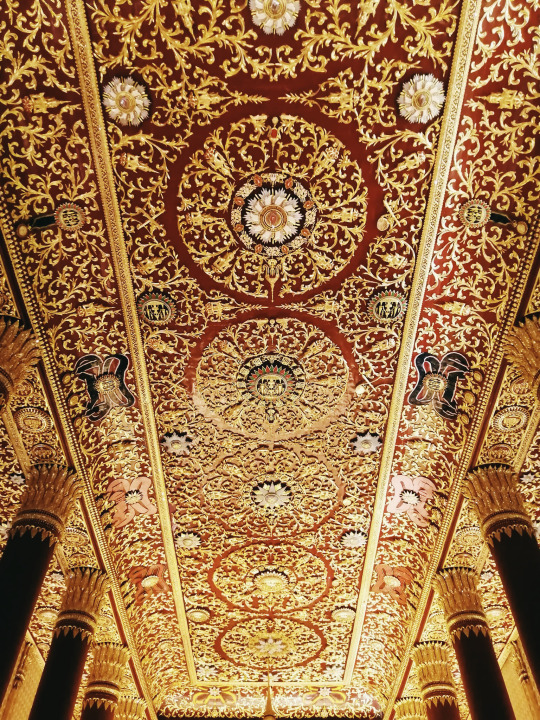
The ceiling of Thep Sirinthrawat Ratchaworawihan Temple, built around the 1800s, Thailand
4 notes
·
View notes
Text
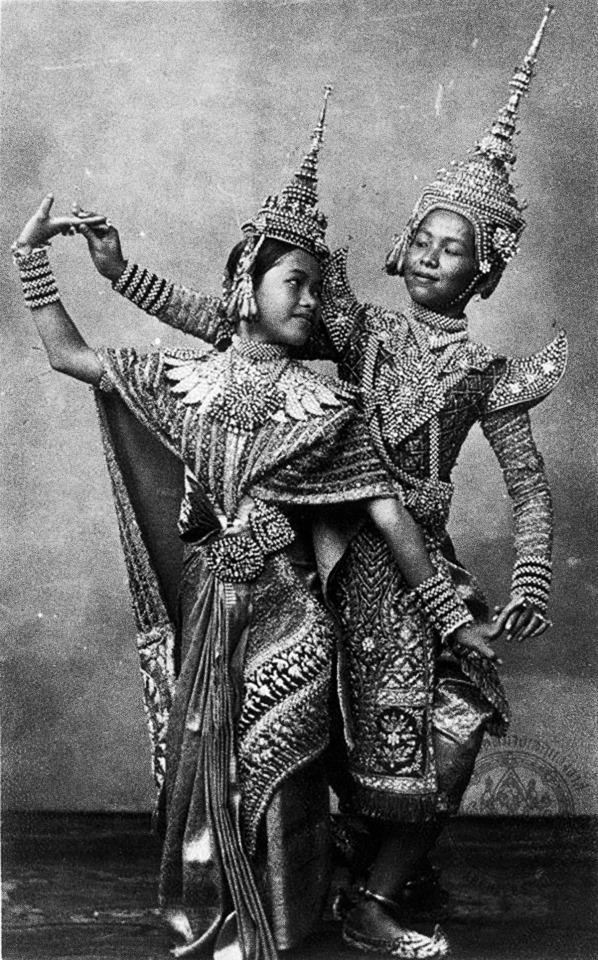
Two Siamese (Thai) female dancers, Lady Kaew and Lady Choy, enacted as lovers, c. 1900.
41 notes
·
View notes
Text
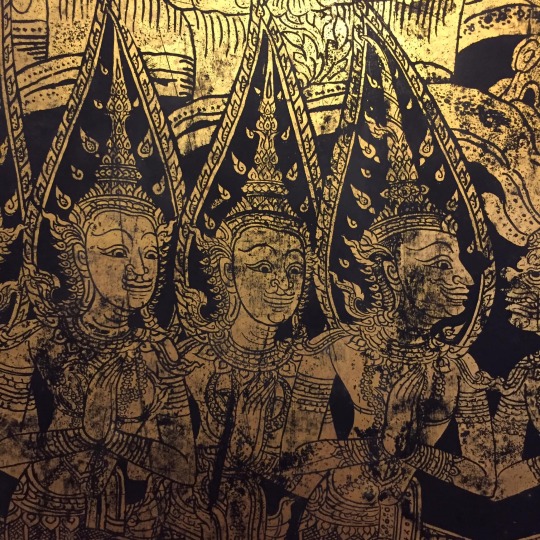

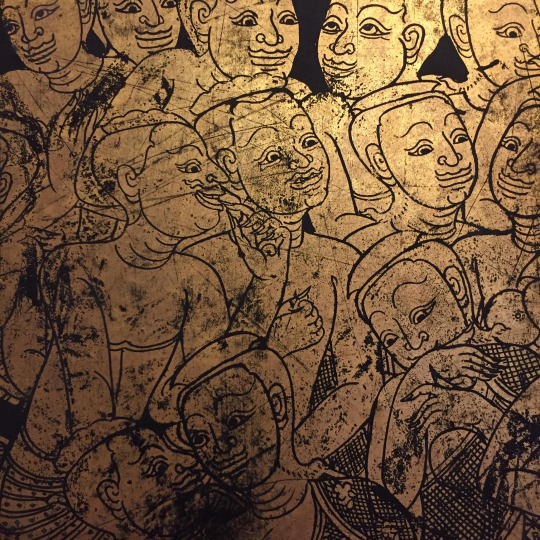

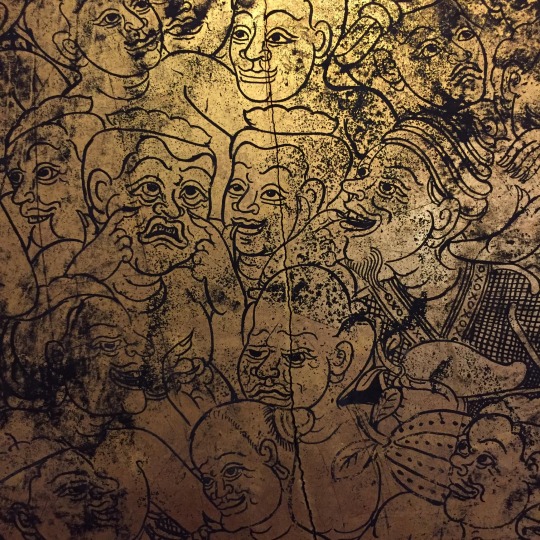
The Thai-style painting on the Dhamma cabinet. This is an art line created on a cabinet for Buddhist temples to store Buddhist scriptures from the Ayutthaya era or the 23rd Buddhist Century (17th Century AD). Such high art was often created by a very skilled craftsmen of the era.
6 notes
·
View notes
Text
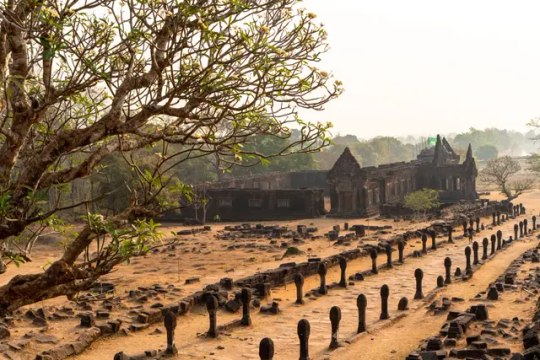
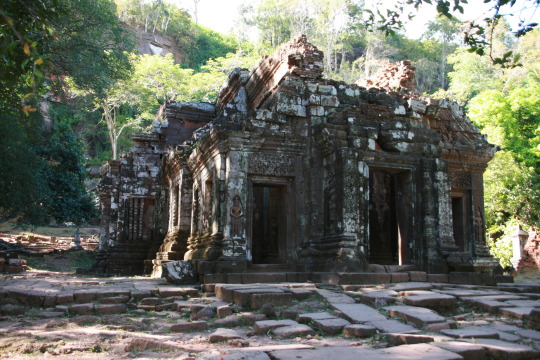
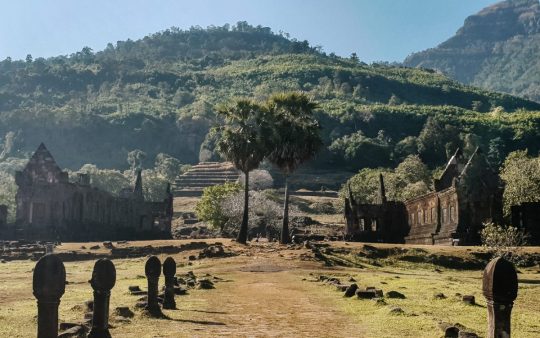

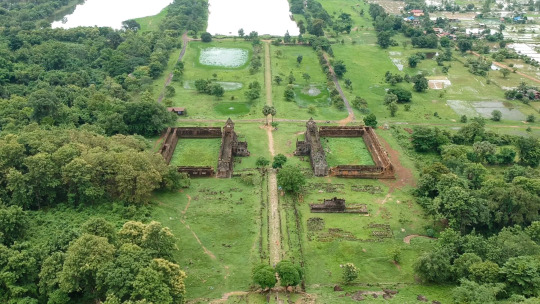

Vat Phou is a pre-Angkor Temple Complex located in the Laos region. It is an original architectural model for the popular temple complex named Angkor Wat located in Cambodia. The final image depicted a stone crafted into a crocodile shape and used for human sacrification.
89 notes
·
View notes
Text
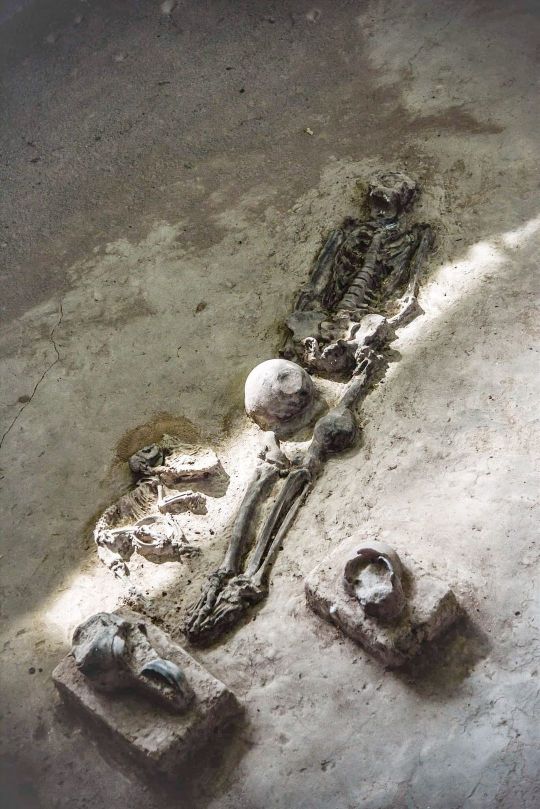
Ancient human female skeletons dated more than 2,000 years old from the "Dvaravati Empire, Si Thep city" (located in Thailand) were unearthed along with her personal possessions and a companion dog. "Dvaravati Empire" was the Mother of all civilisation (with influences from India) in mainland southeast Asia that thrived in Central Thailand from the 6th to the 10th centuries (pre-Angkor wat). "Si Thep" was officially added to UNESCO's world heritage list on September 19, 2023, more than one hundred years since it was discovered.
#ancient history#prehistoric#ancient civilization#archaeology#southeast asia#dvaravati empire#dvaravati#si thep#world heritage
62 notes
·
View notes
Text

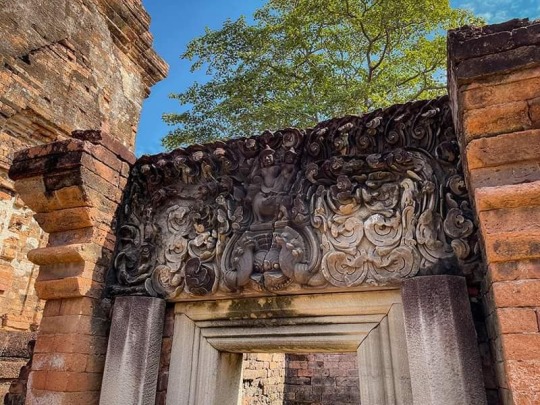

Introducing the "Dvaravati Empire", the Mother of all civilisation (with influences from India) in mainland southeast Asia that thrived in Central Thailand from the 6th to the 10th centuries (pre-Angkor Wat). At its peak, the town was a thriving cultural and trading metropolis that celebrated Hindu and Buddhist beliefs. "Si Thep" was officially added to UNESCO's world heritage list on September 19, 2023, more than one hundred years since it was discovered.
45 notes
·
View notes
Text
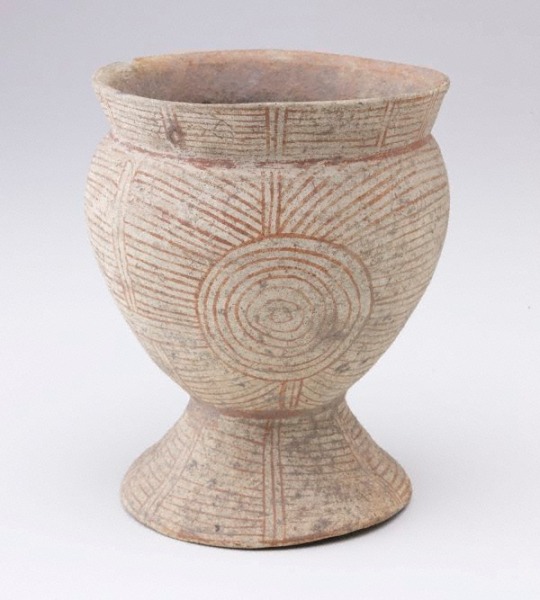



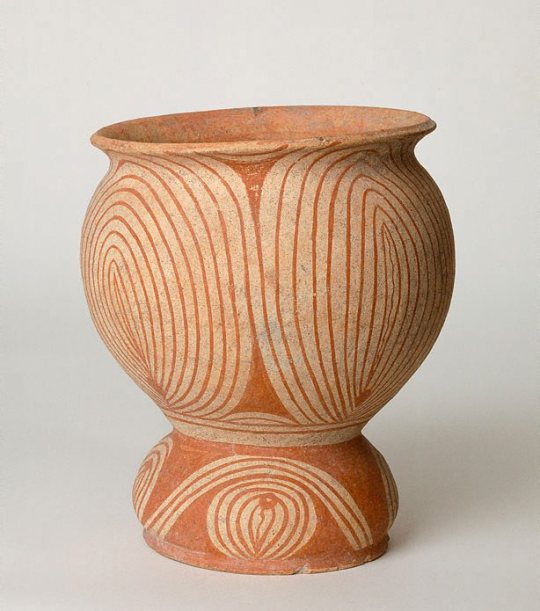
Ban Chiang ware
Pedestal bowls 200 BCE-200 CE
Thailand
230 notes
·
View notes
Text
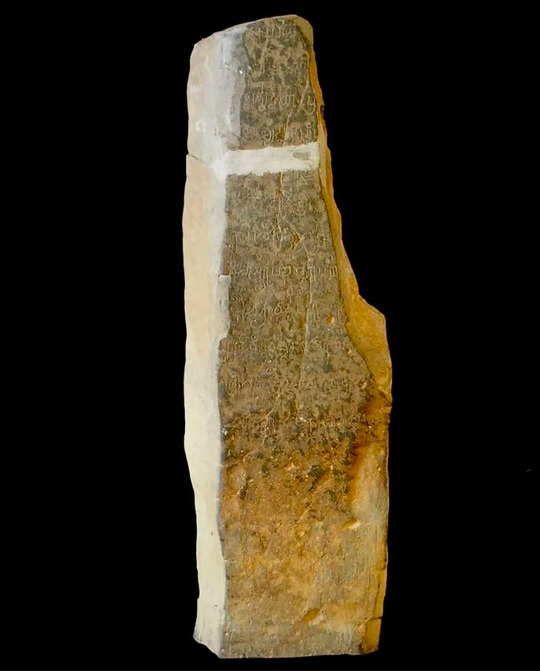
A pre-historic stone inscription was created on the occasion of the Si Thep King's accession to the throne. This stone was found in the ancient city called 'Si Thep' of the 'Dvaravati Empire' in central Thailand. The alphabet used is called the 'Pallava' script and was written in the 'Sanskrit' language. The 'Pallava' script was developed in southern India during the Pallava dynasty around 3rd-5th century. The 'Dvaravati Empire' thrived in Central Thailand from the 6th to the 10th centuries (pre-Angkor Wat) and was the most critical empire as it was the Mother of all civilisation in the region. The use of the 'Pallava' script and 'Sanskrit' language to tell stories and record history also proved this region was the strong cradle of South Indian civilisation in the past.
4 notes
·
View notes